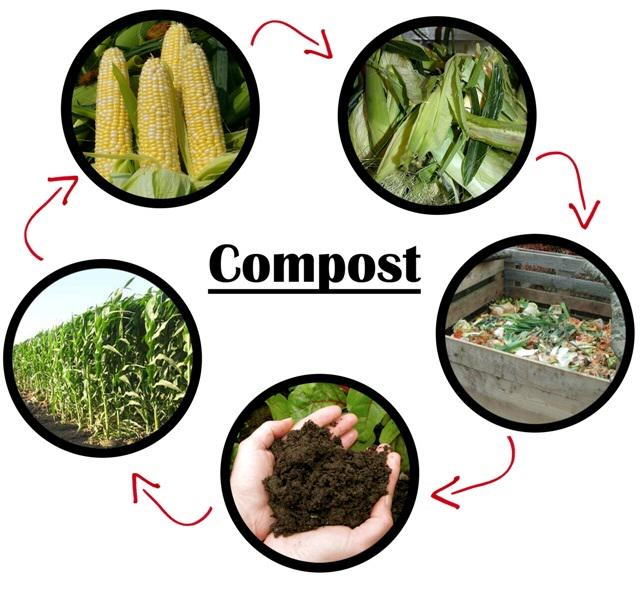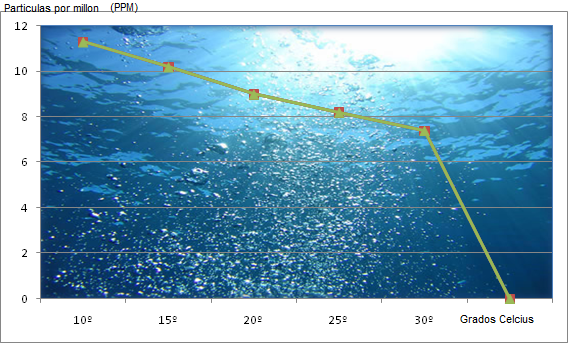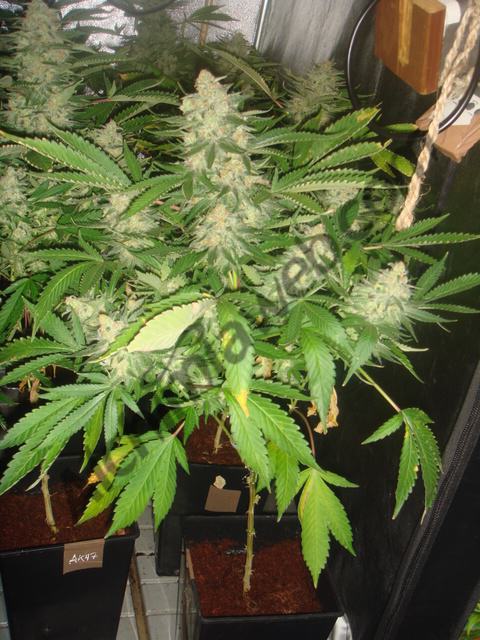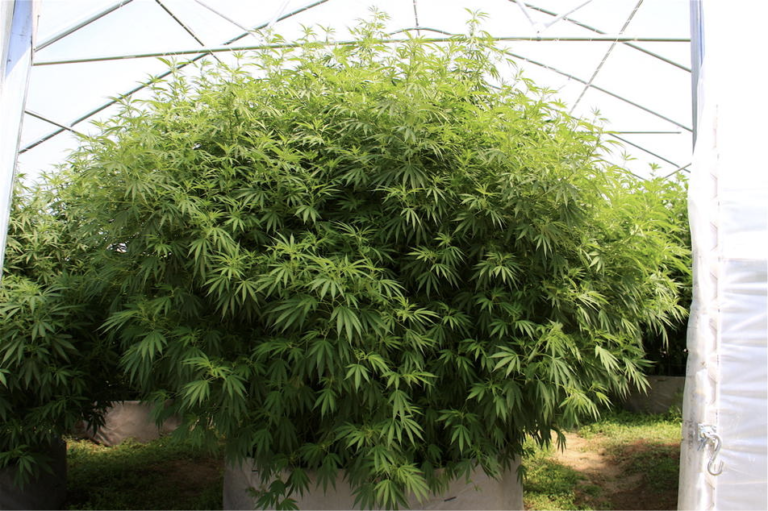Cannabis growing systems
List of contents
Many people starting their journey into the world of cannabis cultivation (or other plants) want to know which growing method is the best, since the existing diversity of systems and products often creates a lot of confusion, especially among inexperienced growers.
To help you choose, we summed up the main characteristics of the most popular growing methods within the cannabis community, which can also be used with excellent results for other types of plants. What are the differences between hydroponics and aeroponics? What is NFT? And DWC? In this article, we answer these questions and many more.
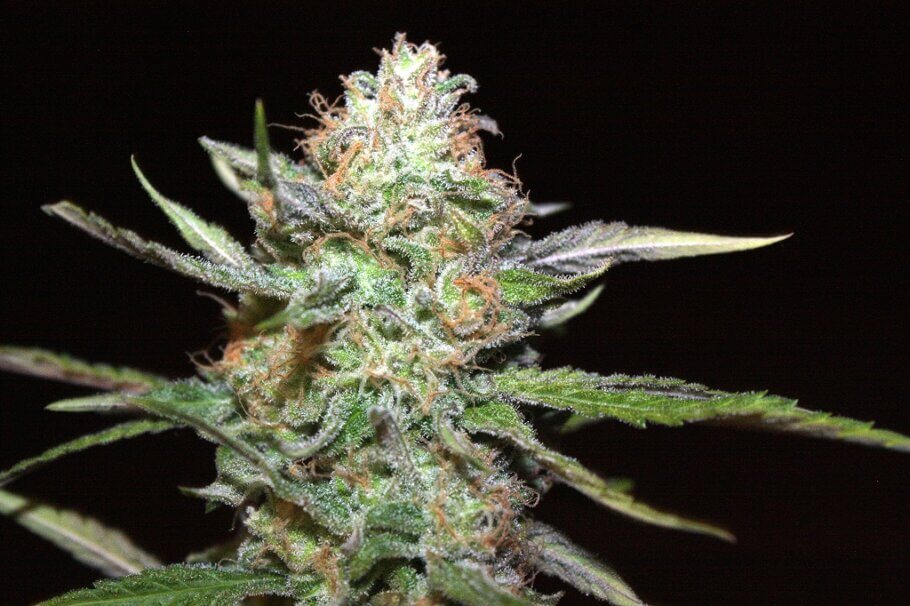
Most common marijuana cultivation systems
Cannabis is a versatile and hardy plant that can be grown in different ways; when done correctly, it can offer excellent results within a large number of setups and growing mediums. For that reason, it's normal to have some doubts regarding the most popular cultivation methods, especially when we don?t have any references - direct or indirect ? about some of them.
In general, we can divide these cultivation techniques according to the substrate used, since each of them will need different nutrients accordingly. This way, we can speak about soil, hydroponic or aeroponic setups; three types of methods that might share some characteristics, but differ significantly in terms of how they work.
Let's see in more detail what characterizes these growing methods, and which setups are most commonly used for each of them.
Growing cannabis in soil
Logically, the traditional method of growing marijuana is in soil, a medium that offers enough nutrients and microbial life for proper plant development. It?s true that plant nutrition can be supplemented with both liquid and solid fertilizers, which in turn can be organic or mineral in origin. Therefore, we use agricultural soil (which in the case of cannabis it usually contains a mixture of peat, coco coir, perlite, and humus or guano) rich in organic matter and nutrients.
This type of cultivation can be performed in pots, flower boxes, raised beds, or directly in the ground, as long as the soil meets the plant needs (it should be airy and porous with good aeration and water retention capacity). We can use drip irrigation systems, which greatly simplify the maintenance and offer very good results, although is not recommended to recirculate the water or nutrient solution, which means they must return to the reservoir in order to use them for watering.
Growing marijuana with homemade compost
In this post, we show you different ways to use your organic waste to make top quality fertiliser in an easy and practical way. It is a widely used method by outdoor growers and its followers are increasing day by day in indoor crops by using bio fertilisers. So go for it and start composting!
This is the most commonly used cultivation system among beginners since it offers a larger margin of error when faced with nutrient imbalances, due either to the wrong pH or a nutrient deficiency (or excess). But be careful, as not every expert foregoes the soil; quite to the contrary, many will tell you this is the way to obtain the best nuances in terms of flavour and aroma!
Hydroponics
Unlike soil cultivation, hydroponic setups use a different substrate, which is an inert growing medium or, as we'll see shortly, an aqueous solution. Indeed, hydroponic cultivation is characterized by the use of a substrate devoid of fertilizers, which are always administered through irrigation with the help of a nutrient solution.
There are different types of hydroponic substrates, each of them with its own traits and peculiarities: rock wool, clay pebbles, coco coir, volcanic rock, perlite, or just water. Given the higher irrigation rate of these substrates (with the possible exception of coco, as we'll see later), hydroponics typically involve the use of drip irrigation systems timed by the grower based on several factors, such as climate, the plant?s growth stage, or the growing medium chosen.
It?s also very common for these cultivation systems to work by recirculating the nutrient solution, so that it travels from the reservoir to the plants, only to return later in the form of runoff water. This way, the plants will absorb the nutrient solution they need, and the rest will go back to the irrigation tank.
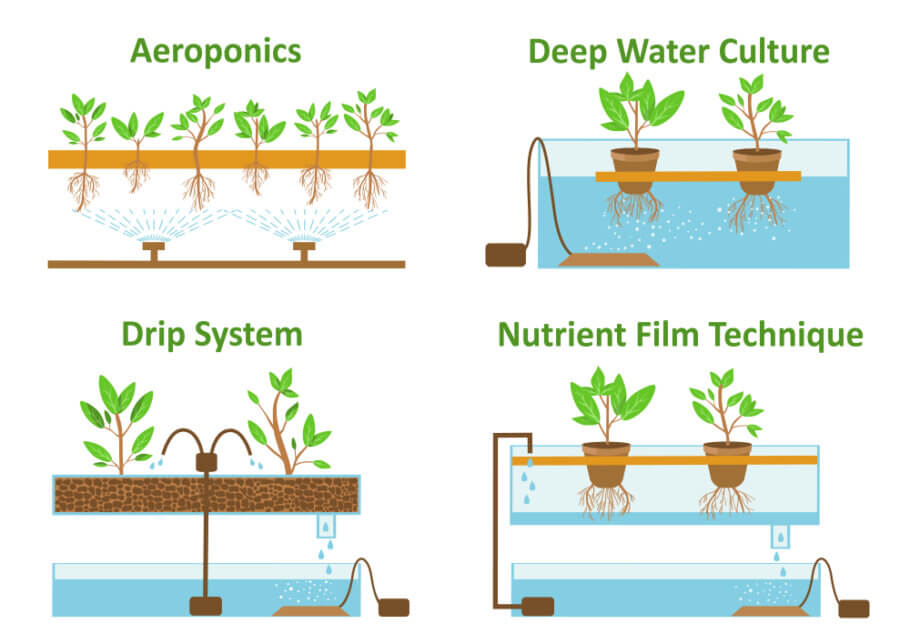
Although a highly efficient and convenient cultivation system, it will be necessary to control its pH and EC daily (or every other day at the most), since the reservoir oxygenation and the nutrient solution recirculation can cause imbalances of those important parameters. A pH reducer pump is bound to save us a lot of work, but we have to insist: pH and EC control are extremely important in these types of setups. Also, bear in mind the nutrient solution should be kept at around 20ºC, and the mix oxygenated with an air pump.
Generally, and due to different reasons (nutrient composition, the irrigation system's own pipes and drips, etc.), the most commonly used fertilizers in hydroponics are liquid or mineral, although the mineral solid fertilizer range is growing. These types of fertilizers are less likely to block the irrigation system, and they usually offer much more stable formulas than organic compost.
There are numerous hydroponic systems in the market, from the classic and effective Waterfarm by General Hydroponics, to setups for several plants like Flo-Grow by Nutriculture, through other techniques we will see next.
DWC or Deep Water Culture
As the name suggests, these systems use the nutrient solution as substrate. Basically, the solution is in a tank or bucket covered with a lid with a central hole, where the plant rests in a net pot. This way, the roots will grow inside the pot while being in direct contact with the nutrient solution, which should be properly oxygenated.
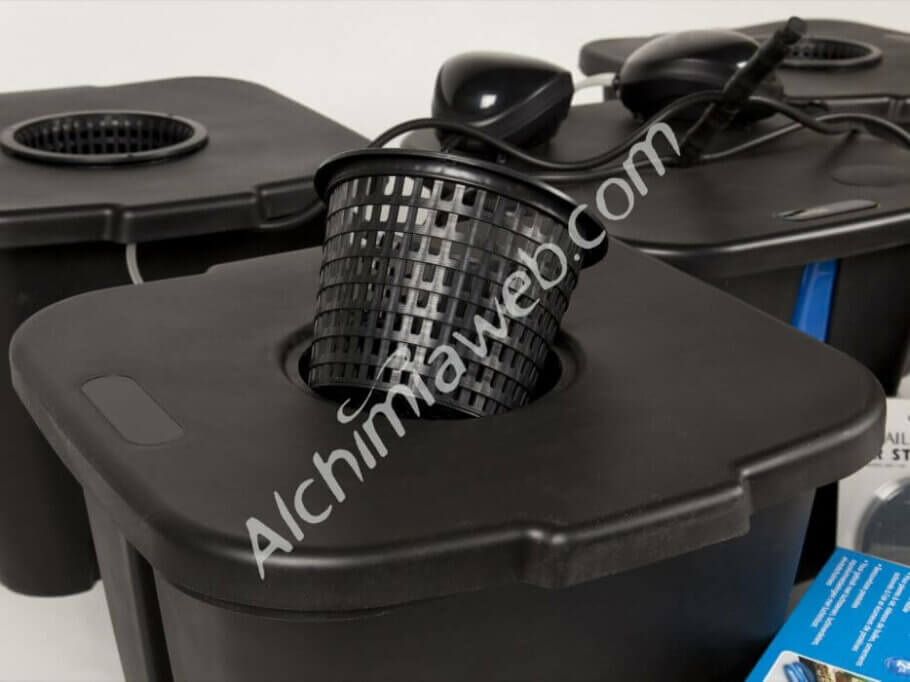
NFT or Nutrient Film Technique
Similar to the example above, the nutrient solution travels through the plant's root recipient and returns to the main tank; this is a perfect example of nutrient solution recirculation. And, as the name suggests, it creates a thin nutrient film that circulates through the bottom of the deposit, from one end to the other, feeding the plants.
Ebb and flow
Ebb and flow systems consist of a nutrient-rich reservoir and a growing tray full of any of the growing mediums we mentioned above (expanded clay is very popular for this setup). From time to time, timed by the grower and based on the plant stage, the top tray gets flooded with the nutrient solution, which returns to the reservoir helped by gravity. A good example of this technique is the EBB&Grow system by General Hydroponics.
Coco coir
One of the most peculiar substrates for hydroponics is coco coir. This material water retention capacity is much higher than any other growing medium, so it can be used as if it were soil for everything related to irrigation. Due to its characteristics, most fertilizer manufacturers include some specific nutrients for coco in their catalogs.
Indeed, when growing in coco, the plants won't need as many daily irrigations as with other substrates, and we should apply the same watering rules we use when growing in soil (basically, refraining from watering until the substrate is practically dry, or weighs around 30% of its weight after being watered). Coco coir is used on many occasions as a starting point for hydroponic cultivation, as it can be easily combined with a drip irrigation system, and offers some of the soil?s pros without any of the cons of other inert substrates.
Aeroponics
Unlike hydroponics, aeroponics doesn?t involve the use of a growing medium. Instead, the plants are suspended within a totally dark chamber or tank. These setups usually have a nutrient reservoir, like in any hydroponic setup, but in this case, the irrigation is carried out by sprayers installed inside the ?flowerpots?, so the roots are hanging in the air, and get (almost) continuously pulverized with the nutrient solution.
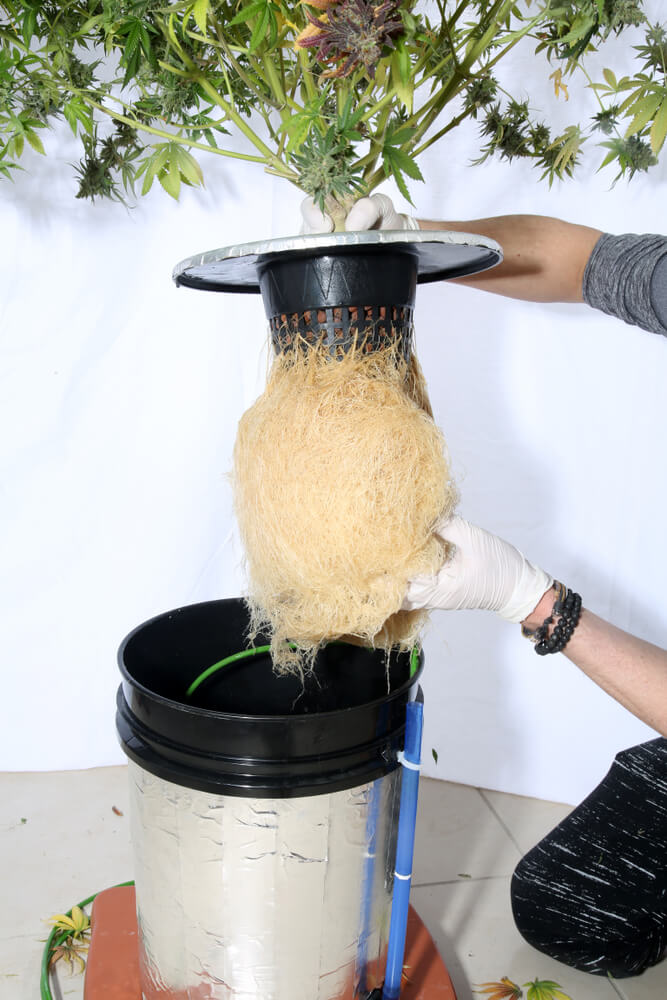
The main aspects of this technique are basically the same as those of hydroponics, and the only difference is the absence of a growing medium. These systems allow great plant development, as the root zone gets maximum oxygenation, and the nutrient absorption is very efficient.
We hope this brief summary will help you to understand better how these cultivation systems work; as we always say: the best way to achieve your goals and the best results is to have as much information as possible! If you want to share your experience, it will be a pleasure to respond. As many of you might have guessed, there are countless home versions of these growing techniques, some of them really effective!
Happy growing!

















































